What is a ribbon mic?
A ribbon mic is a type of a dynamic mic that uses a super-thin strip of metal, usually aluminum in place of a dynamic microphone’s diameter. The strip of metal is suspended in a strong magnetic field and it acts as the diaphragm and transducer element. It offers a similar kind of sensitivity and transient response like that of a condenser but with an entirely different character.
There are passive and active ribbon microphones. Passive mics are the most common and they lack pre-amplification or onboard active electronics. The sound produced by a passive mic is dependent on the impedance of the preamp input to which it is connected. A low impedance results in a low-frequency output.
Why should you invest in a high-quality ribbon mic?
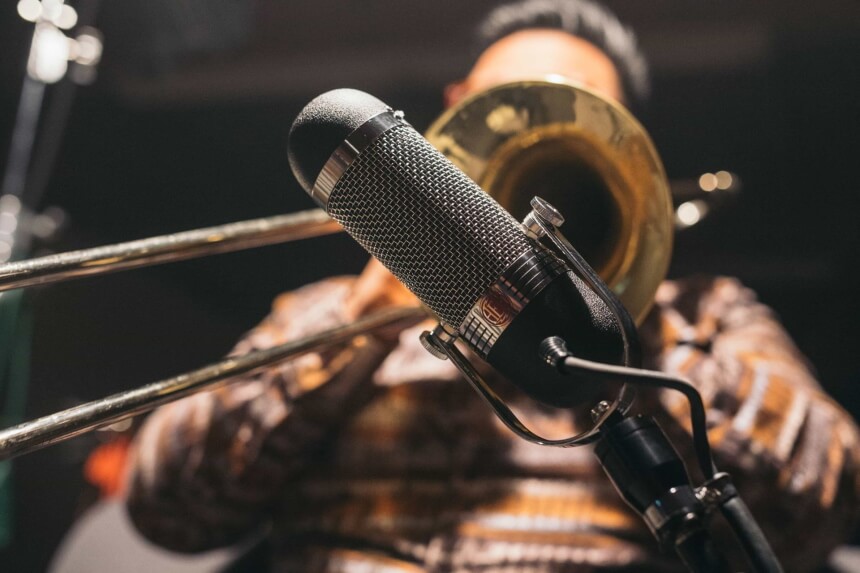 There are a couple of reasons why you would never regret investing in a top-quality ribbon mic including:
There are a couple of reasons why you would never regret investing in a top-quality ribbon mic including:
Compact
Ribbon mics are not large and heavy yet they are made of sturdy material that can hold up well to regular use and abuse. Their compact build also makes them easy to position or place as well as carry around especially when you hit the road.
Superior sound quality
Nothing comes close to the very clear high notes and accurate low tones produced by ribbon mics. They can record a wide range of detailed sounds. Because of this, they sound a bit dark at times. What’s more, you can use a ribbon mic to enhance your voice if you want to achieve a mellow and soft sound.
Versatile
You can use most ribbon mics with multiple sound sources to achieve a vintage yet clear sound that is smooth and warm.
Features to consider when choosing the best ribbon mic
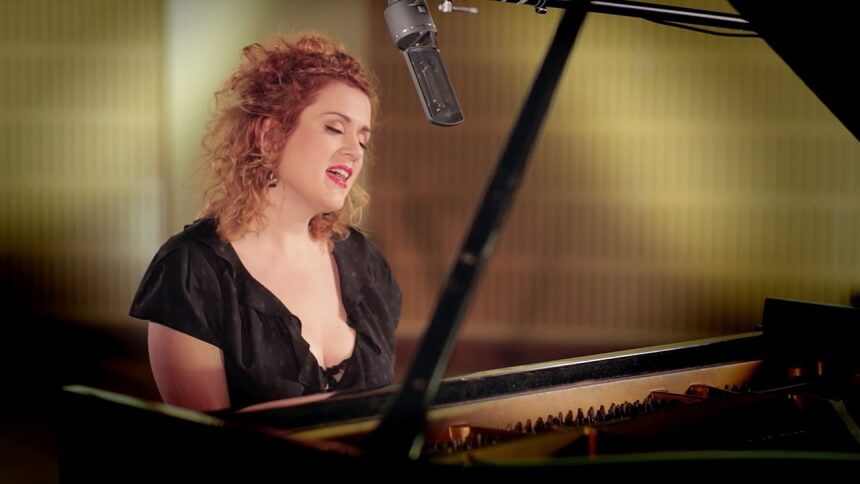 These are the critical aspects that you must be on the look for when you go shopping for a ribbon mic:
These are the critical aspects that you must be on the look for when you go shopping for a ribbon mic:
Polar pattern
This is also commonly known as the figure 8 pattern. It picks up sounds from both the front and rear of the mic but rejects any sound from the rear. Many ribbon mics use this pattern. A few large diaphragm microphones like condenser mics also use it.
Frequency response
This a top crucial aspect to consider as it is what determines how much frequency your mic will pick up. Fun fact: the human ear can pick up frequencies between 20Hz and 20kHz. Therefore, you need to get a microphone that can pick up audio within this range like the Rode NTR.
What you are trying to capture with the microphone also plays a critical in choosing the frequency response of a mic. Some mics will have a flat frequency response which means all frequencies are captured equally while some will boost or cut certain frequencies.
For instance, recording a string quartet would need a flat response because the frequencies from the instruments like violins, basses, cellos and violas must be captured equally. To capture a drum kit or a kick drum, you need a mic with a lower frequency response for the best results.
Maximum SPL and sensitivity
Maximum SPL is the maximum level of SPL that a ribbon mic can handle. If your microphone can handle high SPL well then you can use it on various sound sources and it won’t over-exaggerate on low frequencies.
Sensitivity refers to how easily your mic can pick up sounds in a room and how loud they need to be. Ribbon mics, just like other dynamic mics are designed to be less sensitive. That’s why they are not the best for getting detailed recordings. Though there are a few ribbon mics like the Royer Labs R-121 that can capture clear sounds without background noises.
Power supply
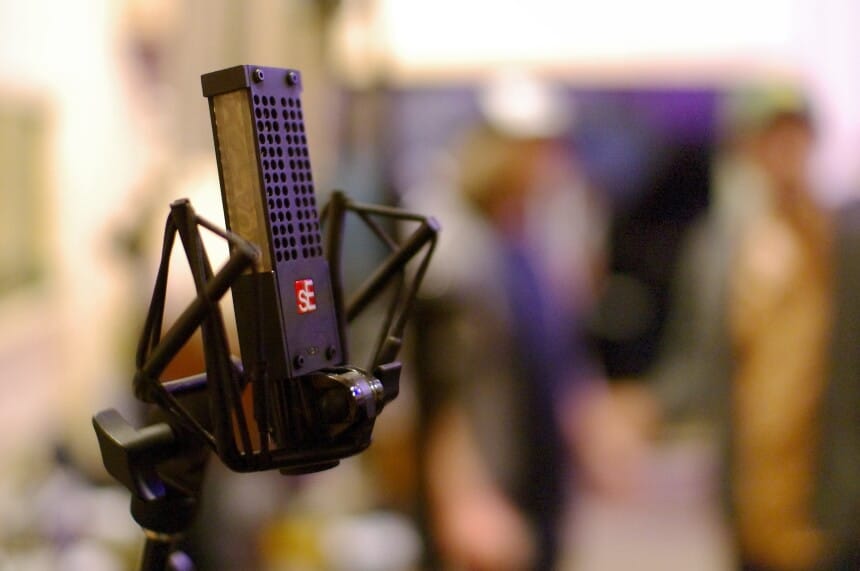 Some ribbon mics, especially vintage models, have a ribbon element that phantom power can harm or destroy. Some are phantom powered. You should be keen to know the difference before you start using any ribbon mic to avoid any damages that could be caused by existing abnormal conditions.
Some ribbon mics, especially vintage models, have a ribbon element that phantom power can harm or destroy. Some are phantom powered. You should be keen to know the difference before you start using any ribbon mic to avoid any damages that could be caused by existing abnormal conditions.
Connectivity
Most ribbon mics, especially the passive models usually require top-quality cables to mitigate signal loss. Ensure you connect with the best quality cables as economy-level ones with high-resistance can greatly degrade the mic’s performance. You should also ensure that the connectors are properly wired and the cables are not shorted as this can easily make the ribbon blow.
Durability
Ribbon mics have fragile diaphragms. Other components like tubes are also fragile. Though it’s not much of a deal-breaker in the studio, it can be a problem when you need to hit the road and use the mic for live performances on stage. With this in mind, be sure to get the best durable ribbon mic with rugged materials like the Royer Labs R-121.
Compatibility
Compatibility is key as it determines how versatile your mic will be. Some mics excel is particular applications while others are all-rounded. They may be the best for specific uses but it is much better to go for a mic that can deliver superb results on a wide range of sound sources. The flexibility offers excellent value for money as you wouldn’t have to get another ribbon mic for recording sounds every time you learn or acquire a new instrument.
Consistent output impedance
A microphone with a consistent output impedance is much more reliable as you would know what to expect every time you plug in. Such a mic is less dependent on its preamp and will therefore sound uniform when used with different instruments or sound sources.







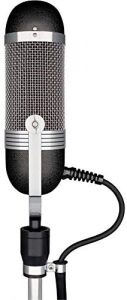
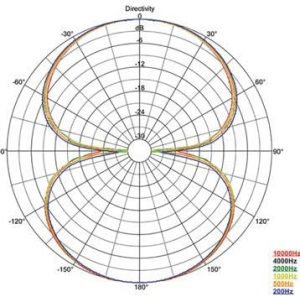
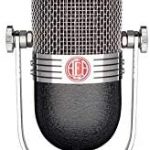
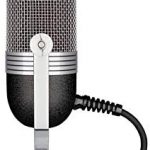
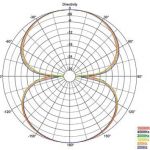

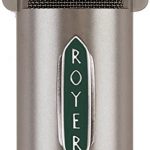
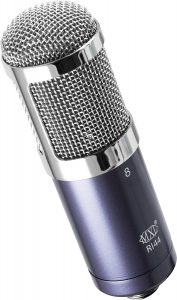


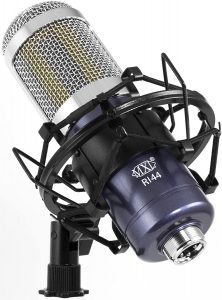
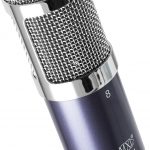
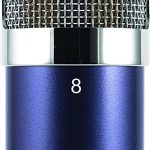
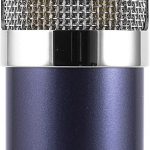
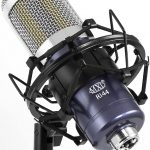

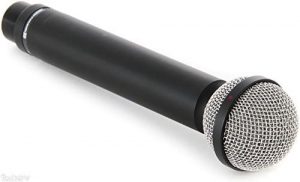
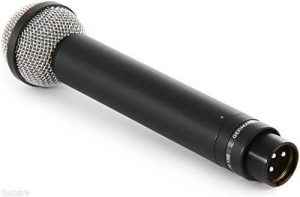

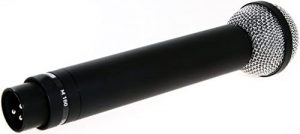
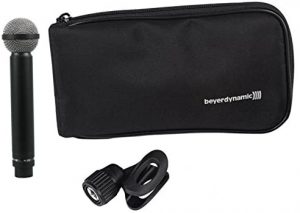
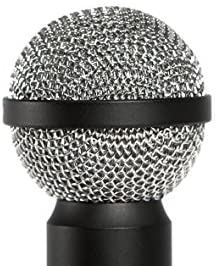
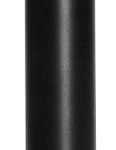
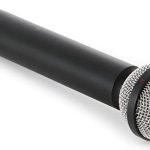
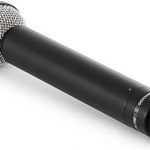
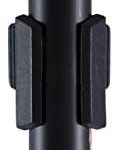
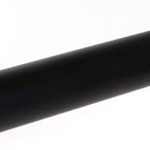
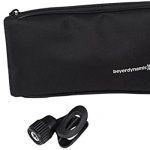
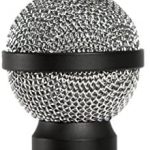


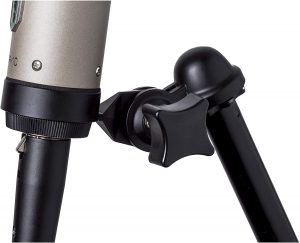
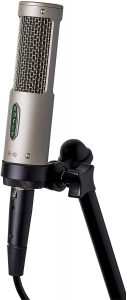
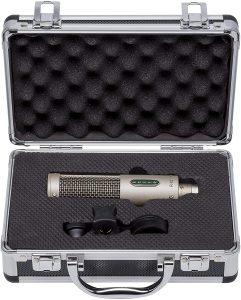
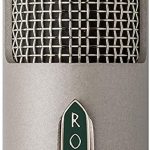
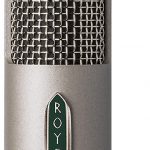
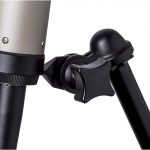
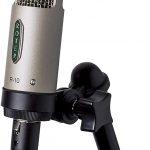
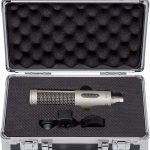
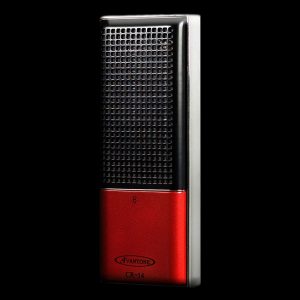
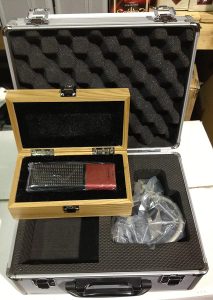
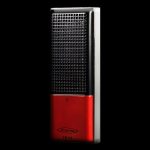
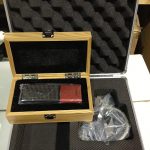

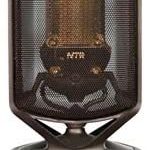
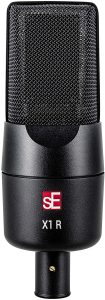
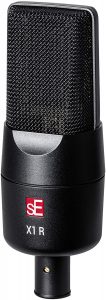
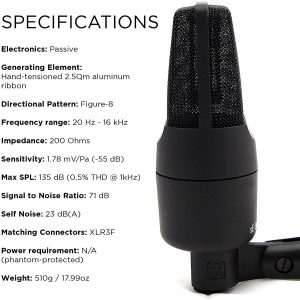
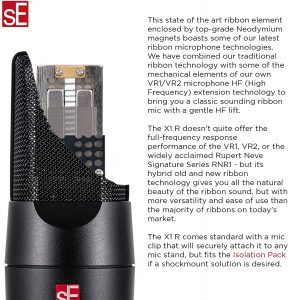
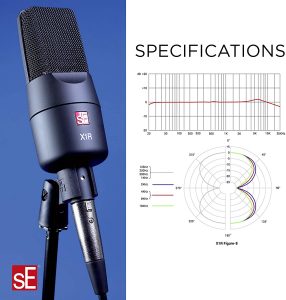
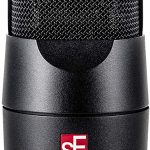
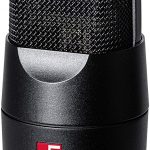
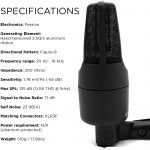
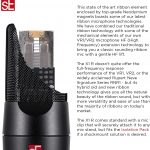
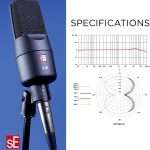



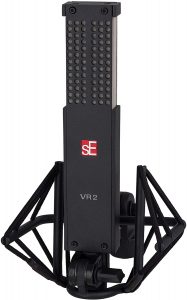
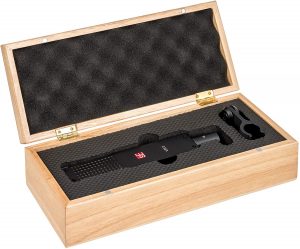
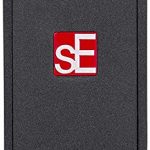
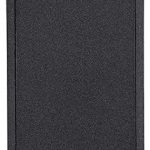
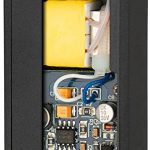
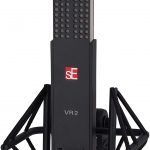
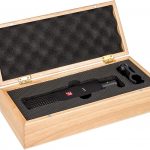


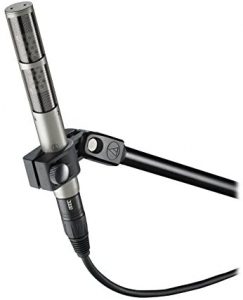
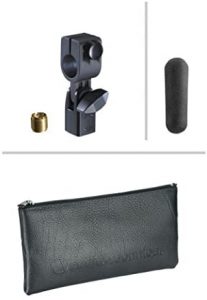


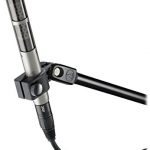
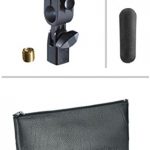
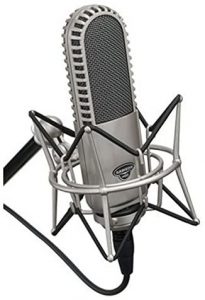
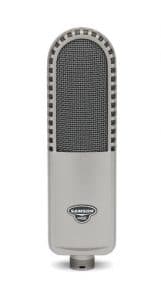
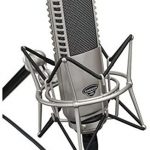
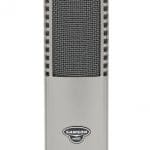
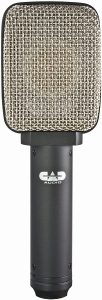
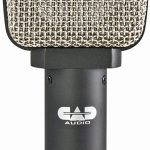
 There are a couple of reasons why you would never regret investing in a top-quality ribbon mic including:
There are a couple of reasons why you would never regret investing in a top-quality ribbon mic including: These are the critical aspects that you must be on the look for when you go shopping for a ribbon mic:
These are the critical aspects that you must be on the look for when you go shopping for a ribbon mic: Some ribbon mics, especially vintage models, have a ribbon element that
Some ribbon mics, especially vintage models, have a ribbon element that 




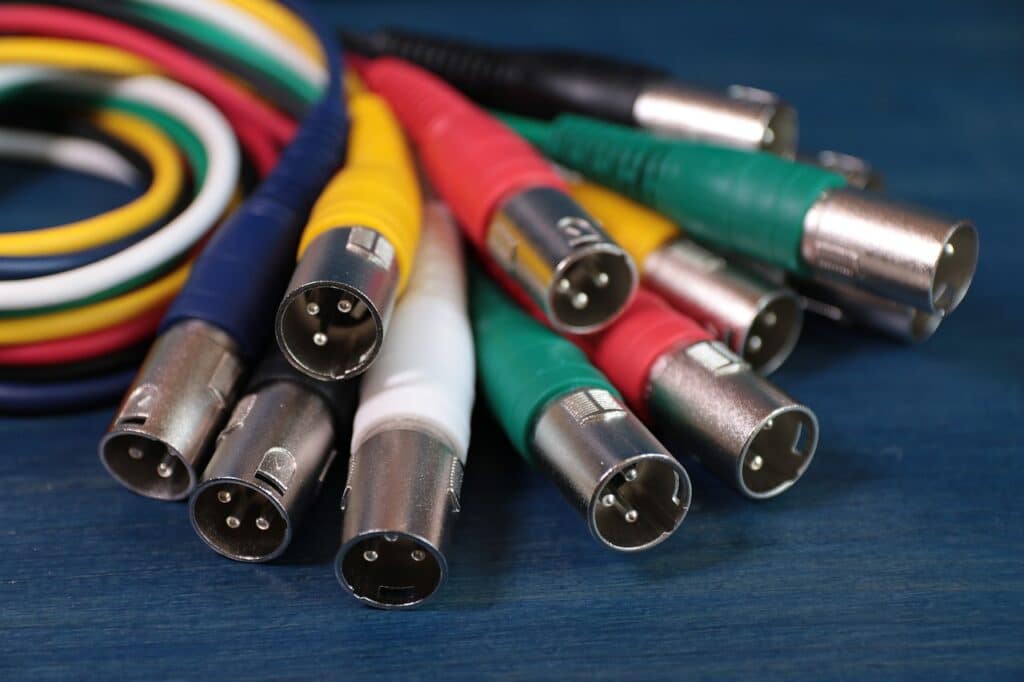

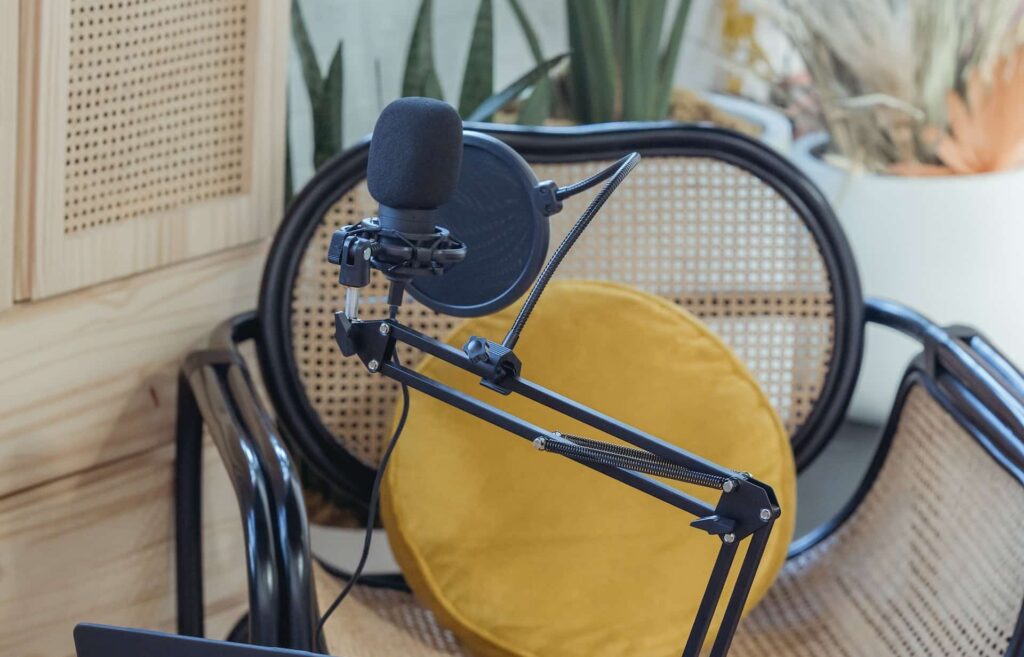

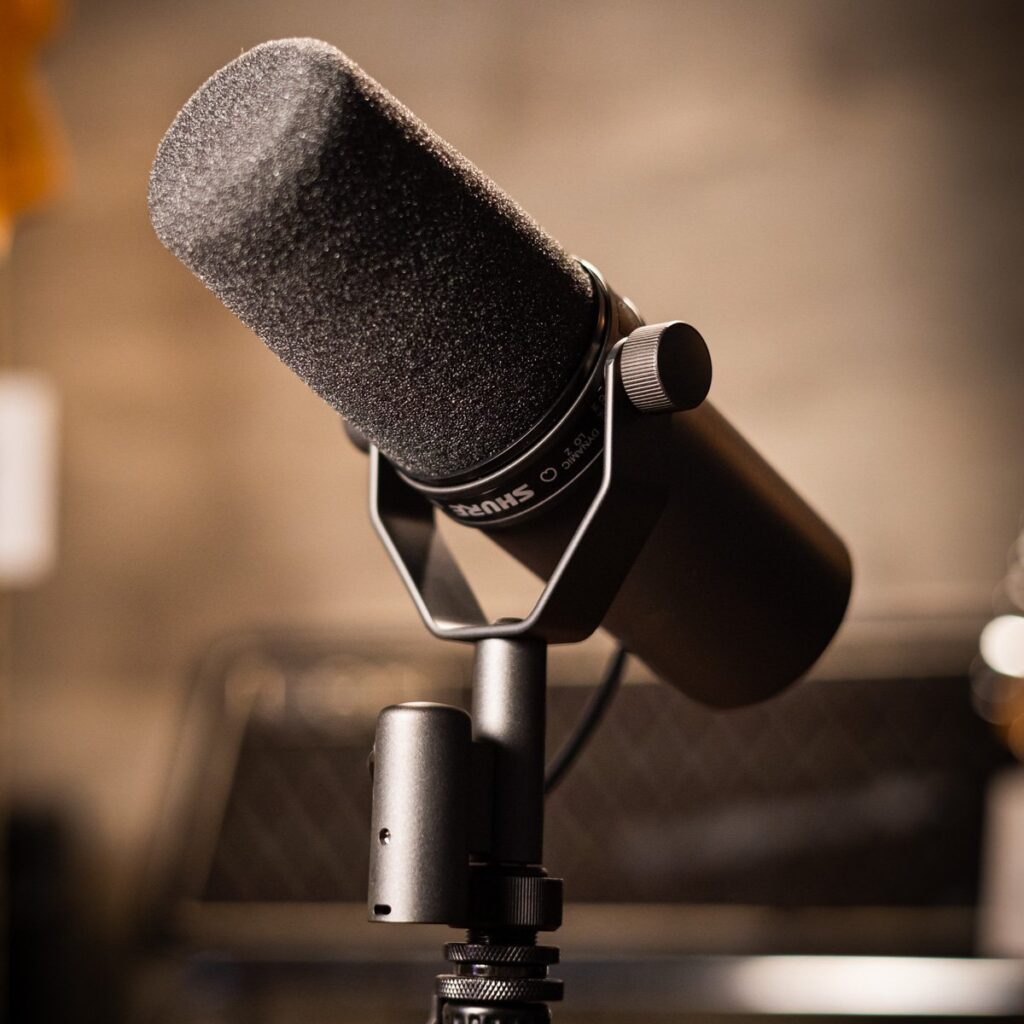

Under the section titled Polar Pattern, it says, “picks up sounds from both the front and rear of the mic but rejects any sound from the rear.” Is this a typo and, if so, what was it supposed to say?